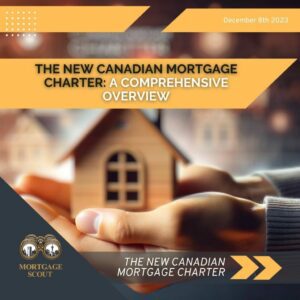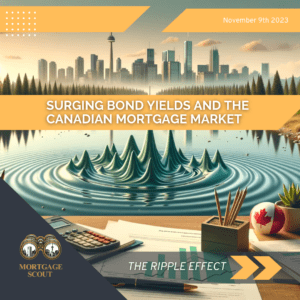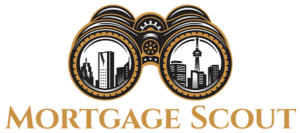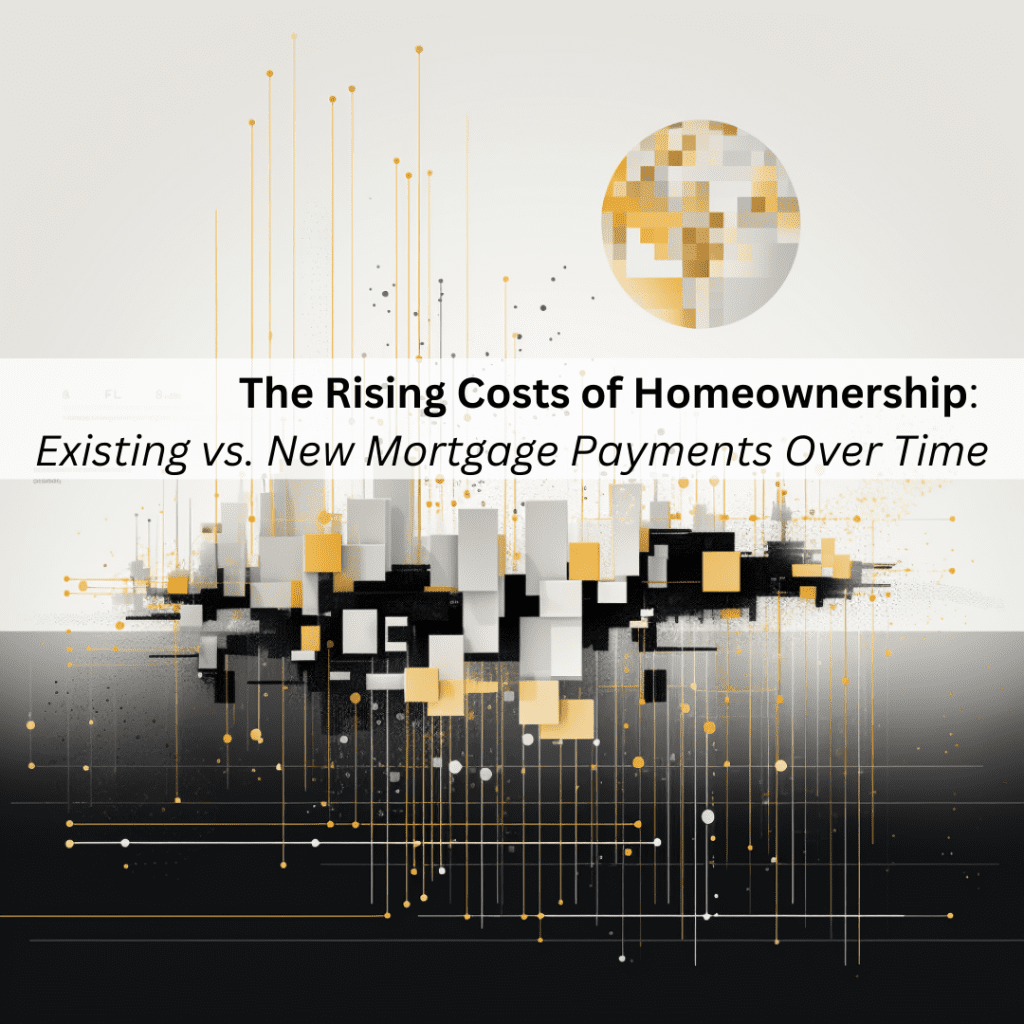
The Changing Landscape
The current landscape of homeownership is filled with challenges and opportunities. One notable development is the rising cost of mortgage payments, a trend that has been consistently escalating over the years. But how does this impact you? Does the trend affect new and existing homeowners alike? Let’s explore.

Historical Context
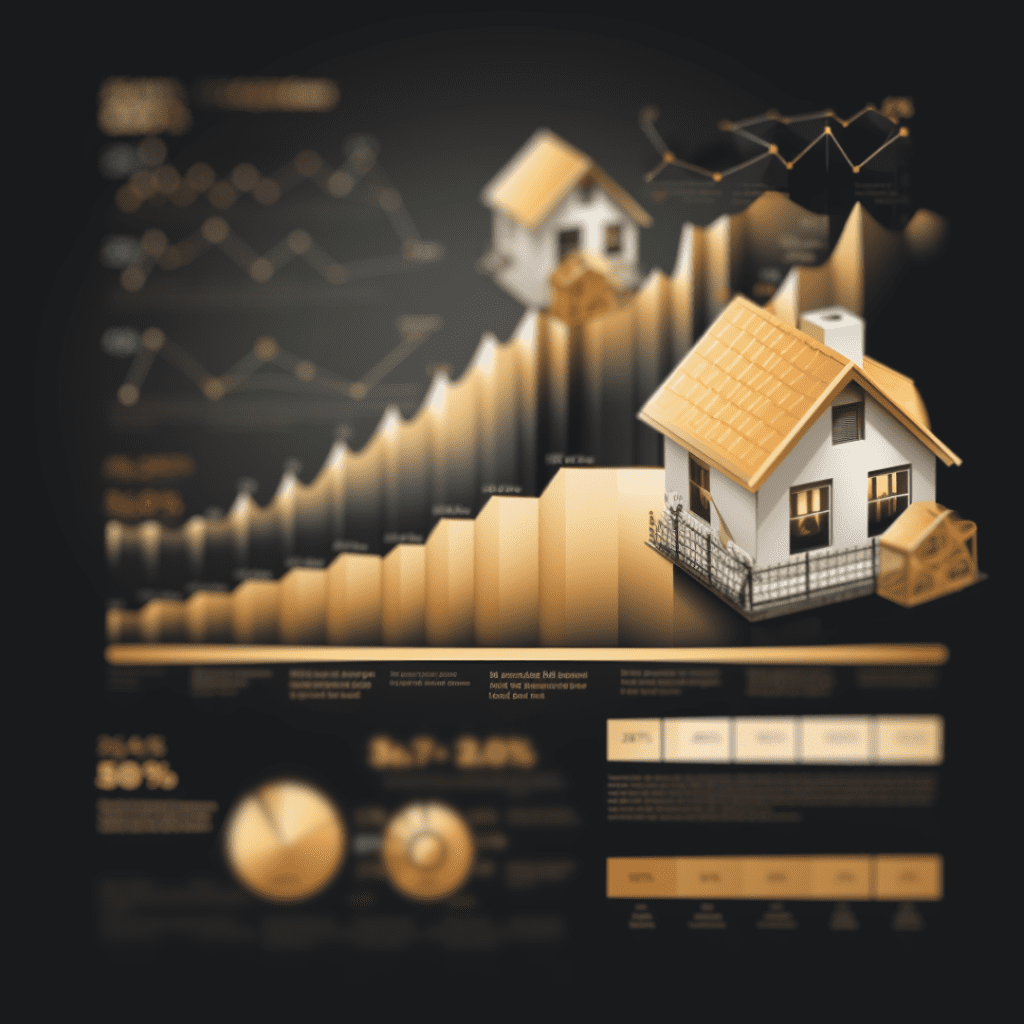
Understanding the cost of homeownership requires a close look at the various factors that have historically affected mortgage rates and home prices. Inflation, interest rates, and market supply and demand are among the core elements that have shaped the terrain. Post-2008, the housing market saw a significant drop, but it has been a different story since then.
Existing vs. New Mortgages
Existing Mortgage Loans
Data shows that in 2019 Q2, the average monthly payment for existing mortgage loans was $1,288.39. By 2023 Q2, this figure had increased to $1,577.34. The steady rise may be attributed to various refinancing options, inflation, and potentially higher property taxes.

New Mortgage Loans
The average monthly payment for new mortgage loans showed a more drastic increase. In 2019 Q2, the number stood at $1,379.42, which rose to a staggering $1,921.87 by 2023 Q2. This suggests that entering the housing market as a new buyer is becoming increasingly costly.
Contributing Factors
Interest Rates: With interest rates gradually climbing, new mortgages are becoming costlier.
Market Demand: Increased demand in popular urban centers like Toronto and Vancouver is driving up prices, affecting mortgage rates.
Policy Changes: Government policies regarding tighter loan eligibility have made acquiring a new mortgage more challenging.

The Impact on Different Age Groups
Our data also breaks down delinquency rates by age group, showing a significant drop across all age groups but with slight variations. This suggests that the rising costs are being managed differently across various age demographics.

Expert Advice
A knowledgeable mortgage broker can be your greatest ally in navigating the current property investment landscape. They can offer tailored advice and strategies, helping you understand how market changes can impact your investment and how to make the most of the opportunities available.
Conclusion

The rise in costs for both existing and new mortgage loans paints a complex picture of the state of homeownership today. While the barriers to entry for new homeowners seem to be rising, existing homeowners are not entirely exempt from the challenges.
So, whether you are a new homebuyer or looking to refinance your existing mortgage, understanding these trends and how they impact you can be crucial for making informed decisions.
By staying informed and planning wisely, potential and existing homeowners can better navigate this evolving landscape.
